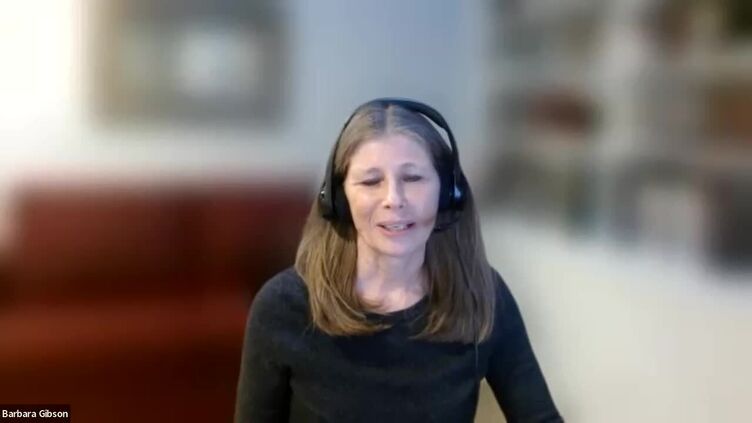Gibson, Van Hove and McLaughlin for Online Symposia December 2023
Papers delivered on 4th December 2023 as part of an online event series.
Recording: Barbara Gibson, Geert Van Hove and Janice McLaughlin
Passcode: DP6G=Mrx
Speakers
Barbara E Gibson, PhD, BMR(PT) (she/her), Department of Physical Therapy, Termerty Faculty of Medicine, University of Toronto
Barbara Gibson (PhD, BMR[PT]) is a Professor in the Department of Physical Therapy at the University of Toronto, Canada. Her research and scholarship examine the intersections of social, cultural, and institutional practices in producing health, inclusion/exclusion, and identity with disabled young people.
Bio: Barbara Gibson conducts critical research and scholarship that aims to infuse disability studies into rehabilitation and the health sciences. Her work investigates the intersections of societal, cultural, and institutional practices in producing health, inclusion/exclusion, and identity with disabled young people. The work is interdisciplinary and intersectional, drawing upon sociological studies of health, bioethics, posthumanism, and critical disability studies. Barbara has over 100 peer reviewed publications and has authored three books - Rethinking Rehabilitation Theory and Practice, Rehabilitation: A Post-critical Approach, and Manipulating Practices: A Critical Physiotherapy Reader. She holds cross-appointments to Bloorview Research Institute in Toronto and the Auckland University of Technology in New Zealand.
Title: Disabling Practices? A Critical Rehabilitation Studies Manifesto.
Geert Van Hove (he/him), University of Ghent
Geert Van Hove is an Emeritus Professor at Ghent University (Disability Studies). For the last 25 years, he has been closely involved with families involving their child with disabilities into mainstream schools and with the Flemish Self-advocacy movement. He is a basketball-lover, a jazz cat and a passionate cyclist.
Bio: I am a (just) retired University Professor at Ghent University in the field of Disability Studies. I am a daily bicycle user (no racing, just functional, living without a car). I am a basketball addict (played myself when I was young, now watching games of my son and grandson). I am a jazz cat and into the Beatles and Tom Waits.
Title: How is my area of research, theory and scholarship transformed by an engagement with critical disability studies?
Janice McLauglin (she/her), Newcastle University
Janice’s work explores how childhood disability or illness is framed from within the worlds of medicine, community and family. The work has developed through partnership with disabled children and their families, organisations that advocate with them and other researchers. We examine the intersections of inequality, citizenship, identity, embodiment and care. Janice is Professor of Sociology at Newcastle University.
Bio: Professor of sociology at Newcastle University, whose work explores how childhood disability or illness is framed from within the worlds of medicine, community and family. The work has developed through partnership with disabled children and their families, organisations that advocate with them and other researchers. We examine the intersections of inequality, citizenship, identity, embodiment and care.
Title: Working across critical disability studies and critical youth studies to understand disabled youth transitions.

iHuman
How we understand being ‘human’ differs between disciplines and has changed radically over time. We are living in an age marked by rapid growth in knowledge about the human body and brain, and new technologies with the potential to change them.

